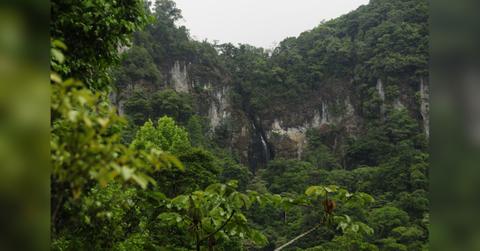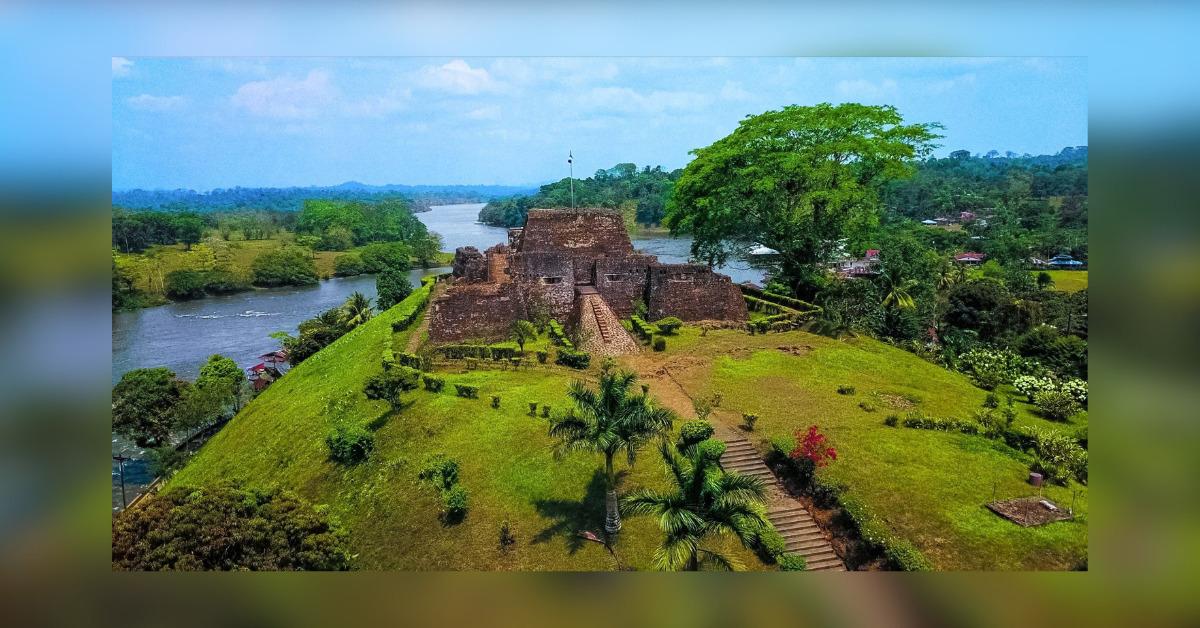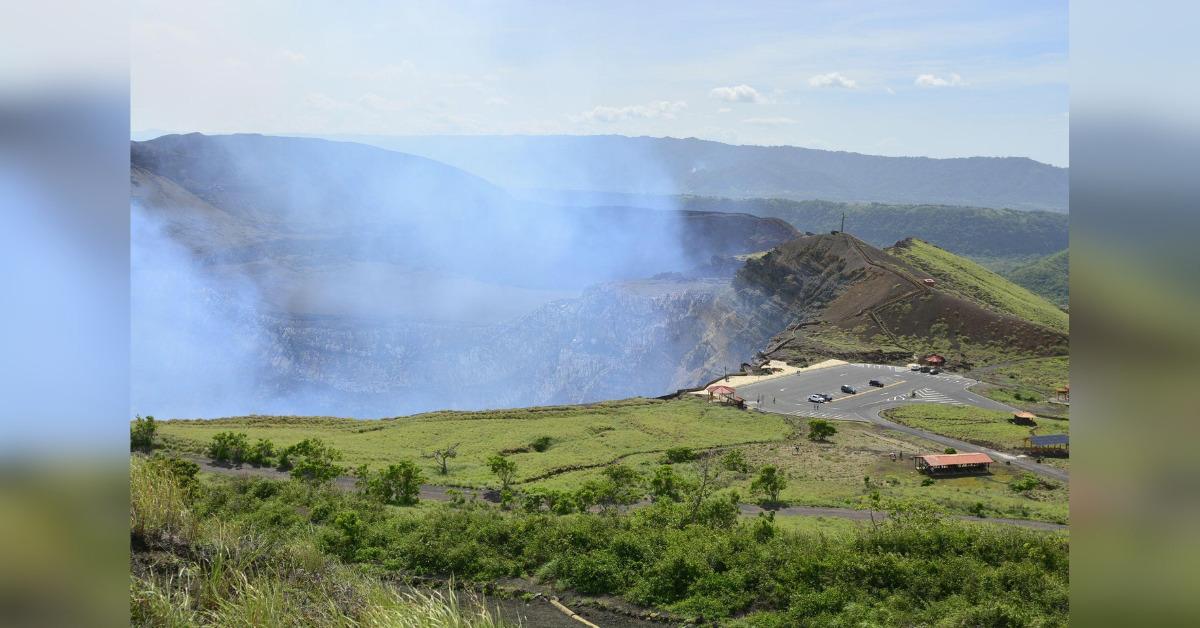 NEWS
NEWSNicaragua 2026: Where Fire Meets Paradise in Central America’s Last Wild Frontier

Oct. 15 2025, Published 1:05 a.m. ET
The sulfurous breath of Masaya volcano mingles with the morning mist as I peer into what local people call La Boca del Infierno: The Mouth of Hell. Below, molten lava churns in perpetual fury, a reminder that Nicaragua’s 19 volcanoes aren’t mere mountains; they’re living, breathing giants that have shaped both landscape and culture for millennia. As 2026 approaches, this land of fire and water has become a sought-after travel destination for travelers seeking raw, unfiltered encounters with nature.
The Ring of Fire Awakens
Adventures within Nicaragua's volcanic spine are hard to find elsewhere in the Americas. Forget Instagram hotspots and crowded trekking paths: here you are invited to sandboard down the black slopes of Cerro Negro- believed to be Central America's youngest volcano- at about 50 miles per hour, with nothing but a board and an adrenaline rush. The physicality of the whole experience is almost bestial: volcanic ash in your teeth, heat from a recent eruption radiating through your boots, the view stretching from the hills to the Pacific.
For those who fancy an alternative thrill, night kayaking in Laguna de Apoyo paves way for an amazing experience from another world. This is a crater lagoon in pristine form that was created 23,000 years ago and is nestled in the almost-quiet sounds of nature and dark silhouettes of forested slopes. While the moon shines, skimming over the black waters under a starlit sky, the lagoon shows its most tranquil and mysterious side-an unforgettable experience through which to commune with nature within an extinct volcanic caldera.
Into the Emerald Unknown

Beyond the volcanic highlands, Nicaragua harbors ecosystems that make conservationists’ hearts race. The Indio Maíz Biological Reserve, often called “the Amazon of Central America,” remains one of the best-preserved rainforests north of the Amazon basin. Here, jaguars still roam freely, and troops of howler monkeys serve as dawn’s alarm clock.
Adventure seekers can navigate the Río San Juan by traditional panga, following the same route used by Mark Twain in 1866. The journey reveals a Nicaragua unchanged by centuries: caimans sunbathing on muddy banks, rainbow-billed toucans flitting through the canopy, and indigenous communities maintaining their ancestral connection to the forest.
Islands of Blue and Green
Yet Nicaragua’s natural wonders do not stop at the mainland. Off the Caribbean coast, Corn Island and Little Corn Island offer a protected mosaic of terrestrial and marine landscapes. Both islands are home to lush forests and coral reefs designated as protected areas, sheltering an astonishing variety of marine life—from hawksbill turtles to colorful parrotfish. The crystal-clear waters invite travelers to snorkel or dive among some of the healthiest reef systems in the region, while tranquil beaches are rimmed with coconut palms and untouched mangroves. Efforts by local communities and conservation organizations continue efforts to protect these fragile ecosystems so that both wildlife and residents may benefit from the islands’ natural resources. For visitors, Corn Island and Little Corn Island are a reminder that true tropical paradise is found where people and nature are committed to thriving together.
The Sustainable Revolution
What sets Nicaragua apart in 2026 isn’t just its natural wealth—it’s how the country has reimagined adventure tourism. Community-led conservation initiatives have transformed former poachers into wildlife guides and loggers into forest guardians. In the cloud forests of Peñas Blancas, coffee farmers have discovered that protecting quetzal habitat brings more income than clearing land for crops.
These initiatives can offer travelers access to pristine wilderness while working to ensure tourism dollars directly benefit conservation. Visitors can patrol beaches with former turtle egg collectors turned conservationists, learning how economic incentives have reduced turtle egg poaching by 90% in just five years.
Adventures for the Bold
Want OK! each day? Sign up here!

Nicaragua’s wild heart calls to those who measure vacation success not in thread counts but in stories worth telling—Trek through the Somoto Canyon, where crystalline waters have carved a geological masterpiece over millions of years. The journey involves swimming through narrow passages, jumping from cliff ledges, and marveling at rock formations that predate human civilization.
For the truly intrepid, multi-day expeditions into Bosawás Biosphere Reserve offer encounters with indigenous Mayangna communities who’ve protected these forests for generations. Their traditional knowledge reveals medicinal plants, identifies jaguar tracks, and shares creation stories that give meaning to every tree and stream.
The Window is Now
Climate change and development pressures make Nicaragua’s wild spaces increasingly precious. The country’s commitment to preserving approximately 25% of its territory as protected areas represents a conservation success story, but these victories remain fragile. Traveling here in 2026 means witnessing ecosystems at a crossroads—and contributing to their survival through responsible tourism.
As I watch the sun set from Mombacho volcano, painting Granada’s colonial rooftops gold while howler monkeys bid farewell to another day, one truth becomes clear: Nicaragua isn’t just another destination to check off your list. It’s a reminder that adventure and conservation can walk hand in hand, that wild places still exist for those willing to seek them, and that sometimes the best journeys are to places that change you as much as you change them.
The giants are calling. Will you answer?


